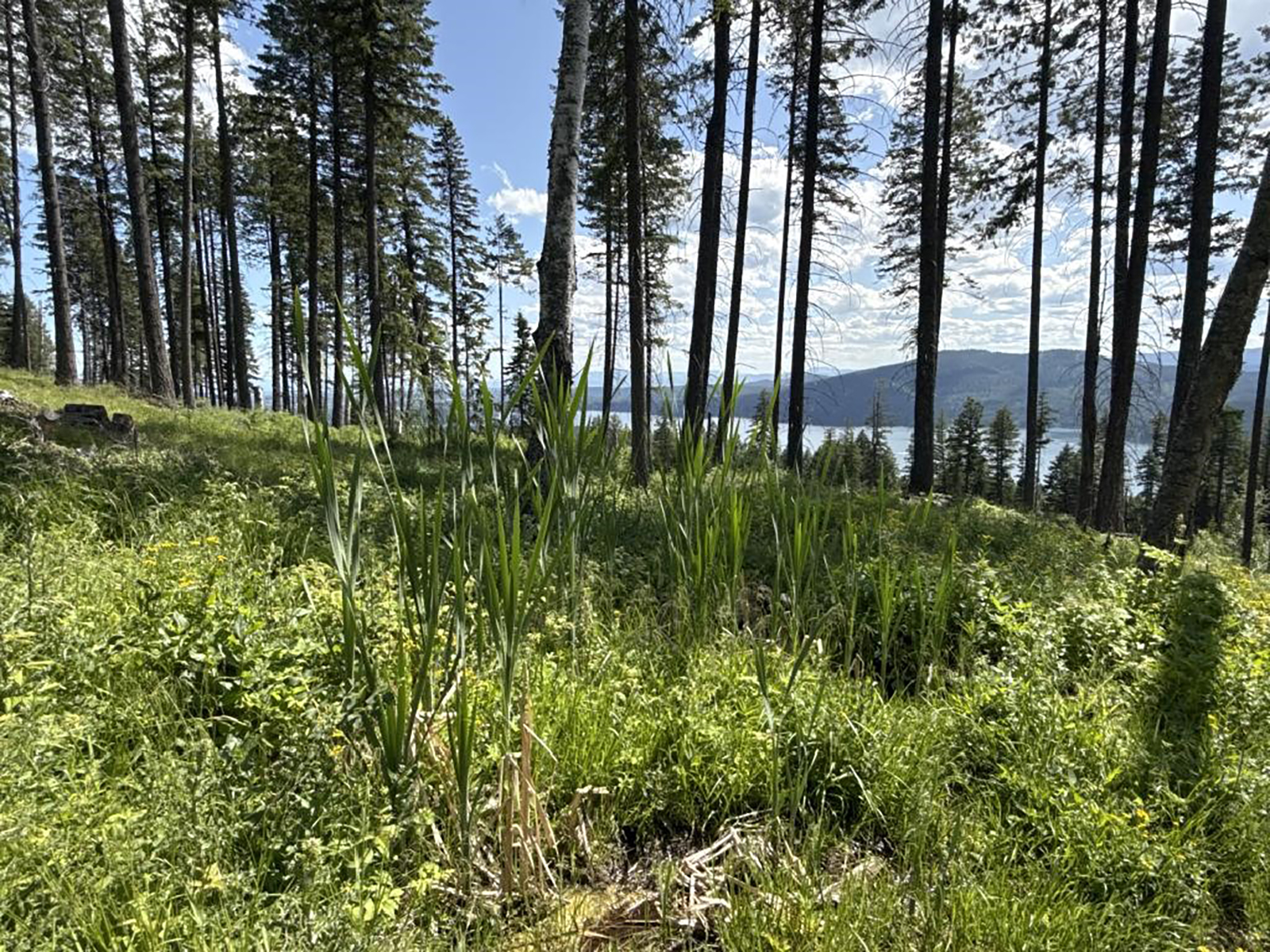Conservation Easement Protects Big Mountain Wildlife Habitat
The 140-acre conservation easement on private land between Haskill and Lazy creeks came together through a collaboration between local landowners, Flathead Land Trust and Heart of the Rockies Institute
By Tristan Scott
Private landowners and a pair of nonprofit organizations on Oct. 10 announced they’d reached a new conservation deal to protect 140 acres of undeveloped wildlife habitat on Big Mountain.
The conservation easement sits on private land near Whitefish Lake and the Whitefish Mountain Resort ski area on Big Mountain, and is flanked on two sides by the Flathead National Forest and on a third by a separate 100-acre conservation easement. The new easement’s completion adds security to a wildlife corridor that allows grizzly bears and other wildlife to travel between Glacier National Park, the Bob Marshall Wilderness Complex and the Salish and Selkirk Mountains, according to the architects of the project, who described knitting together a belt of open space that follows the slopes of the Whitefish Range. Several other large conserved areas, including the Trumbull Creek and Haskill Basin conservation easements, supplement the habitat-rich route with wildlife refuges.
“There’s so much development pressure on Big Mountain and it really serves as an important area for wildlife movement, so being able to protect this intact property, which is among the last remaining undeveloped parcels in the area, is super important,” Ryan Hunter, a land protection specialist at Flathead Land Trust and the project lead, said Friday. “This is a rare opportunity to protect a large area that complements other conservation projects. We’re really grateful to the landowners and appreciative of everyone involved who helped make it happen.”
The easement was the product of a collaboration between Flathead Land Trust, the Heart of the Rockies Initiative and the local landowners, who wished to remain anonymous, Hunter said. The conservation easement is on private land, and the purpose of the project is to preserve wildlife habitat and protect an intact ecosystem, not to provide additional public access or recreation opportunities.
Instead, Hunter said the easement contributes to “an interconnected network of open space and quality habitat on a landscape scale,” which is more important now than ever before as development pressure increases on portions of the project area.
Featuring mature Douglas fir and western red cedar forests, the property provides foraging opportunities and refuge for a variety of large mammals and birds, Hunter said. The landowners have observed moose, elk, black bears, grizzly bears, wolves, mountain lions, fox, and both white-tailed and mule deer. Upland forests, spring creeks, seeps, wetlands and seasonally wet areas harbor a diversity of plants and provide excellent habitat for nearly 100 bird species.
The property’s hydrology — featuring at least seven springs and abundant seeps and subsurface water flow — is directly connected to Whitefish Lake.
“Protecting this large area from future disturbance is important for reducing the influx of nutrients and erosion-related sediments, thereby safeguarding the ecological integrity, water quality, and clarity of Whitefish Lake,” according to a press release from Flathead Land Trust announcing the easement, which also preserves scenic views of the forested hillside for the public traveling on Big Mountain Road. It also protects the open-space character enjoyed by hikers and recreationists on nearby public lands, including the Flathead National Forest and Whitefish Lake.
Jim Williams, partnership manager for the Heart of the Rockies Initiative, which helped fund the project through the Keep it Connected program, championed the effort.
“This important Flathead Land Trust project will ensure that one of the last undeveloped forested wildlife habitats on Big Mountain, strategically located between the Haskill Basin and the Lazy Creek conserved areas, will remain intact,” Williams said in a prepared statement. “It serves as both seasonal and a year round home to mule deer, white-tailed deer, elk, black and grizzly bear, mountain lion and a host of other species. The family has worked tirelessly for decades to employ forest management practices to ensure that wildlife habitat and a partial watershed for Whitefish Lake was protected.”
The project was made possible by The Heart of the Rockies Initiative’s Keep it Connected Program, which supplied essential funding through a grant from the Liz Claiborne & Art Ortenberg Foundation, furthering the organization’s mission to conserve habitat critical to North America’s wildlife.